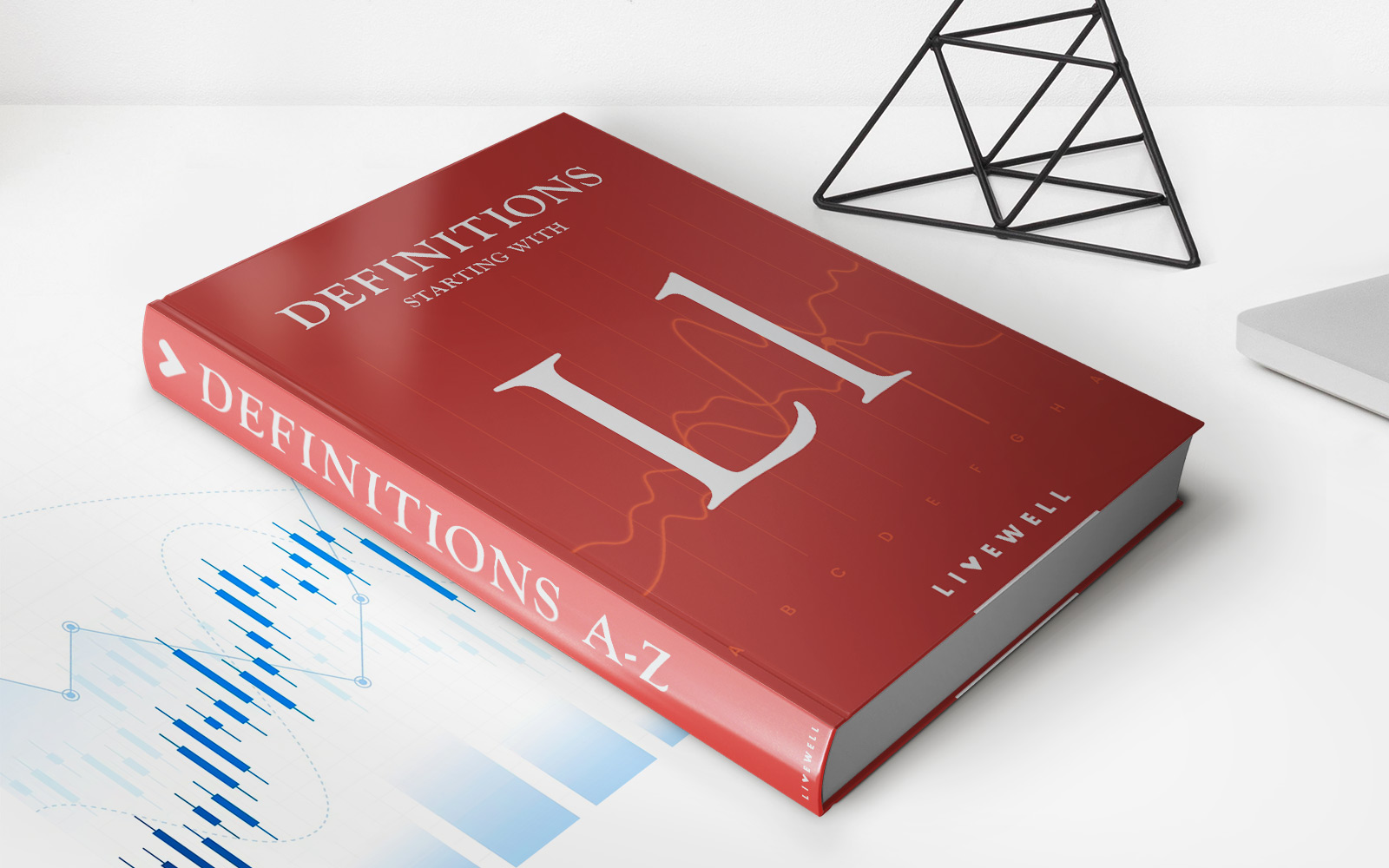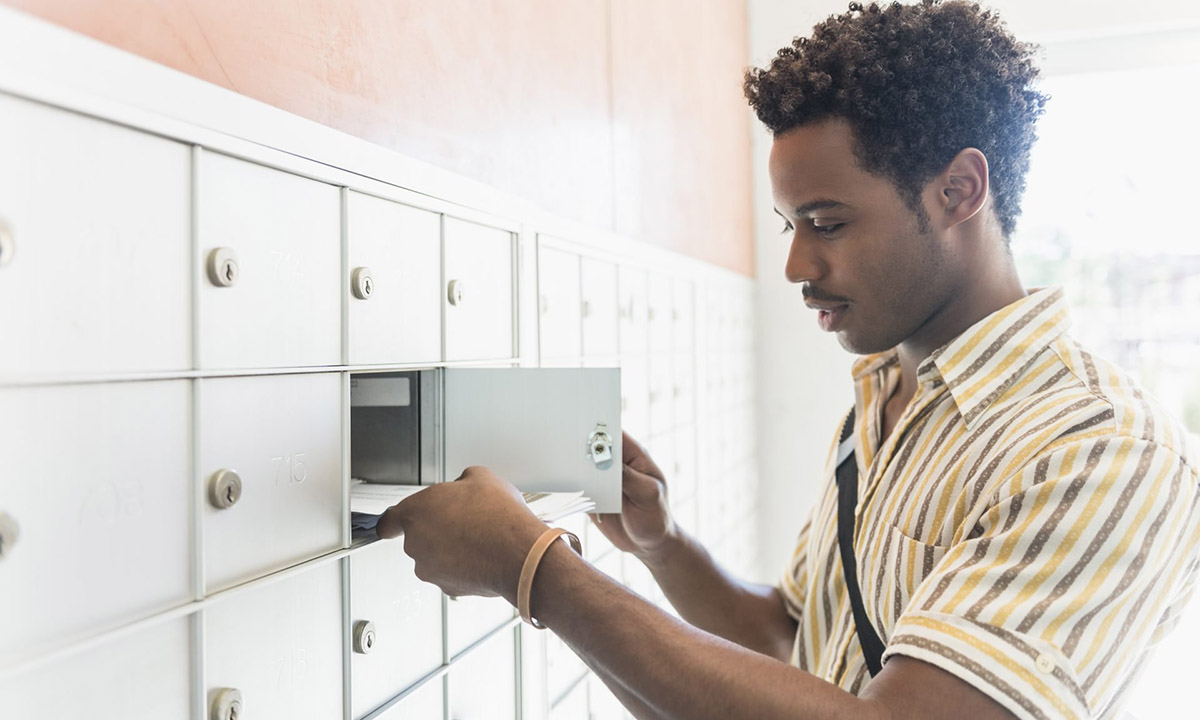

Finance
What Are The Three Primary Savings Goals
Published: January 16, 2024
Discover the three main saving goals in finance and learn how you can achieve them. Start saving today for a secure future.
(Many of the links in this article redirect to a specific reviewed product. Your purchase of these products through affiliate links helps to generate commission for LiveWell, at no extra cost. Learn more)
Table of Contents
Introduction
When it comes to personal finance, setting savings goals is an essential part of building a strong financial foundation. Whether you’re just starting your financial journey or you’re already well on your way, having clear savings goals can help you stay focused and motivated. In this article, we will explore the three primary savings goals that everyone should consider: an emergency fund, short-term goals, and long-term goals.
Saving money is not just about accumulating wealth; it’s about providing financial security and the freedom to pursue your dreams. Each of these savings goals serves a different purpose and requires a unique approach.
Before diving into these goals, it’s important to note that everyone’s financial situation is different. The amount of money you can save each month and the specific goals you set will vary based on your income, expenses, and personal circumstances. Don’t feel overwhelmed if you can’t tackle all three goals at once. The key is to start somewhere and make progress over time.
Now, let’s explore each of the three primary savings goals in more detail.
Saving for Emergency Fund
An emergency fund is like a financial safety net that helps protect you from unexpected expenses or income disruptions. It is designed to cover unexpected bills, medical expenses, car repairs, or job loss without having to rely on credit cards or loans.
Having an emergency fund is crucial because it provides peace of mind and protects you from falling into debt. It allows you to handle unexpected financial setbacks without compromising your long-term savings or financial goals.
So, how much should you save for your emergency fund? Financial experts recommend aiming for three to six months’ worth of living expenses. This means calculating how much you spend each month on essential items such as rent or mortgage, utilities, groceries, transportation, and insurance. By having three to six months’ worth of expenses saved, you can comfortably navigate through an unforeseen event or financial crisis.
Building an emergency fund requires discipline and consistency. Start by setting aside a portion of each paycheck specifically for your emergency fund. Automating your savings by setting up automatic transfers to a separate savings account can make it easier to stay consistent and avoid the temptation to spend those funds.
Keep your emergency fund in a separate account, ideally one that is easily accessible, such as a high-yield savings account. While it’s important to have quick access to the funds when needed, it’s equally important to avoid dipping into the fund for non-emergency expenses. Designate it purely for unexpected financial emergencies.
Remember, emergencies can happen to anyone at any time. Having an emergency fund gives you the peace of mind and financial stability to handle whatever life throws your way.
Saving for Short-Term Goals
In addition to building an emergency fund, saving for short-term goals is an important aspect of financial planning. Short-term goals can include things like saving for a vacation, purchasing a new car, or funding a home improvement project. These goals typically have a timeframe of one to three years.
When saving for short-term goals, it’s important to have a clear idea of what you’re saving for and how much it will cost. Start by setting specific and measurable goals. Determine the exact amount of money you’ll need and the timeframe in which you want to achieve it.
Next, assess your current financial situation and calculate how much you can save each month towards your short-term goal. Consider adjusting your budget to allocate more funds towards your savings if necessary.
It’s a good practice to set up a separate savings account specifically for your short-term goals. This will help you track your progress and keep your savings organized. Choose an account that offers a competitive interest rate, especially if your goal is a few years away.
When it comes to saving for short-term goals, it’s important to strike a balance between saving and enjoying the present. If necessary, consider adjusting the timeframe of your goal or explore ways to reduce the cost without sacrificing too much.
It’s also worth noting that short-term goals can be fluid and may change over time. Your priorities and circumstances might shift, and that’s perfectly normal. The key is to regularly reassess your goals and adjust your savings strategy accordingly.
By diligently saving for short-term goals, you can enjoy the satisfaction of achieving financial milestones and making your dreams a reality without derailing your long-term financial plans.
Saving for Long-Term Goals
While it’s important to have an emergency fund and save for short-term goals, planning for your long-term financial future is equally crucial. Long-term goals can include saving for retirement, buying a home, or funding your children’s education.
When saving for long-term goals, the key is to start as early as possible. The power of compound interest allows your savings to grow exponentially over time, making early contributions even more valuable. The longer your investment horizon, the more time your money has to grow and accumulate wealth.
Start by determining your long-term goals and estimating how much money you’ll need to achieve them. Consider factors such as inflation, market conditions, and your desired lifestyle during retirement. It may be helpful to seek guidance from a financial advisor to ensure you have a realistic plan in place.
Once you have a target amount in mind, break it down into manageable milestones. Determine how much you need to save each year, month, or paycheck to reach your long-term goal. Automate your contributions by setting up regular transfers to a retirement account or investment portfolio to stay on track.
Investing in assets with the potential for growth, such as stocks, mutual funds, or real estate, may be beneficial for long-term goals. However, it’s important to carefully consider your risk tolerance and seek professional advice if necessary. Diversifying your investments can help mitigate risks and maximize potential returns.
Regularly review and adjust your long-term savings strategy as needed. Life circumstances, market conditions, and personal preferences might change, so it’s important to adapt your plan accordingly. Monitor your progress and make any necessary adjustments to keep yourself on track towards your long-term goals.
Remember, long-term goals require patience, consistency, and discipline. By starting early and staying committed to your savings plan, you can build the financial resources necessary to achieve your long-term goals and secure your future.
Conclusion
Setting savings goals is a fundamental aspect of personal finance that can help you achieve financial security and the lifestyle you desire. By understanding and prioritizing the three primary savings goals, including building an emergency fund, saving for short-term goals, and planning for long-term goals, you can take control of your financial future.
An emergency fund provides a crucial safety net to protect you from unexpected expenses or income disruptions. It gives you peace of mind and prevents you from falling into debt during challenging times.
Saving for short-term goals allows you to enjoy the present while still making progress towards your financial milestones. By setting measurable goals, creating a dedicated savings account, and staying disciplined with your savings strategy, you can make your dreams a reality without compromising your long-term plans.
Planning and saving for long-term goals, such as retirement or homeownership, sets the stage for financial independence and a secure future. By starting early, leveraging the power of compound interest, and regularly reviewing and adjusting your savings plan, you can build a substantial nest egg over time.
Remember, each person’s financial situation is unique, and it’s important to tailor your savings goals to your specific circumstances. Start small, be consistent, and celebrate each milestone along the way. With determination, discipline, and a clear vision, you can achieve financial success and create a better future for yourself and your loved ones.
So, take the first step today and set your savings goals. Your financial well-being will thank you in the years to come.














